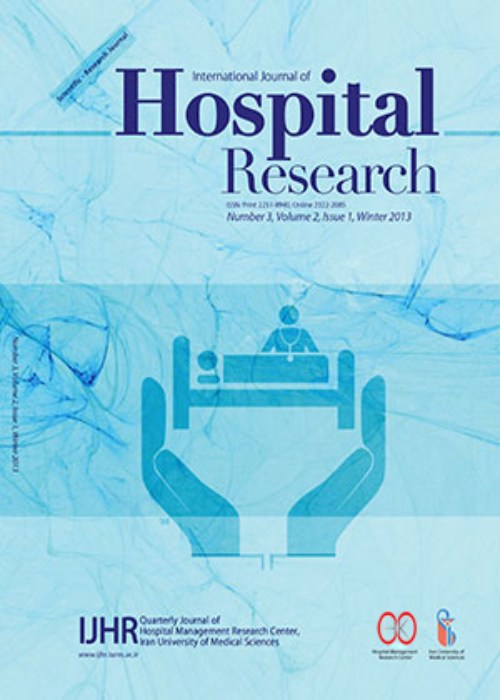Safety Considerations on MRI Systems for Firefighters and Paramedics
Author(s):
Abstract:
Background And Objectives
The use of Magnetic Resonance Imaging (MRI) systems is on the rise and the number of installed systems is constantly increasing all over the world. This raises the possibility for emergency personnel to get in contact with these systems. However, the clothing and working material of paramedics and firefighters is not designed for the use on magnets. More research is needed to gain a deeper understanding of the risks for emergency personnel, working on MRI systems. Therefore, this study examined the effects of magnetic force on selected working materials and clothes of firefighters and paramedics.Methods
This study was conducted as a field study, utilising a 1.5 tesla MRI system. Selected items were examined on their behavior in the magnetic field and the following parameters were measured: (i) the force of attraction and (ii) the distance to the magnet when a force of attraction is recognisable. Manual force meter and a wooden distance meter were used to measure the parameters.Findings: The highest force of attraction can be researched in helmets (30 newton), boots (90 newton) and gloves (17 newton). The measured force is high enough to pull these items into the magnet. Jackets and pants did not receive a high force of attraction. Working material can be influenced by eddy currents, according to the composition. The movement of the item can then be restricted.
Conclusions
Considering the results of this study, most of the clothing and working materials can be considered as MRI safe. However, the force of attraction of boots and helmets might be high enough to cause serious distraction for emergency personnel. There might be a high risk for emergency personnel to forget small items in their pockets which subsequently can act as dangerous projectiles. Additional tests might display the need for an independent MRI system. There is a high risk to damage the system (e.g. to break the cover by attracted objects) and hospitals might not be willing to take the risk in the future. Keywords:
Language:
English
Published:
International Journal of Hospital Research, Volume:5 Issue: 1, Winter 2016
Page:
7
magiran.com/p1573350
دانلود و مطالعه متن این مقاله با یکی از روشهای زیر امکان پذیر است:
اشتراک شخصی
با عضویت و پرداخت آنلاین حق اشتراک یکساله به مبلغ 1,390,000ريال میتوانید 70 عنوان مطلب دانلود کنید!
اشتراک سازمانی
به کتابخانه دانشگاه یا محل کار خود پیشنهاد کنید تا اشتراک سازمانی این پایگاه را برای دسترسی نامحدود همه کاربران به متن مطالب تهیه نمایند!
توجه!
- حق عضویت دریافتی صرف حمایت از نشریات عضو و نگهداری، تکمیل و توسعه مگیران میشود.
- پرداخت حق اشتراک و دانلود مقالات اجازه بازنشر آن در سایر رسانههای چاپی و دیجیتال را به کاربر نمیدهد.
In order to view content subscription is required
Personal subscription
Subscribe magiran.com for 70 € euros via PayPal and download 70 articles during a year.
Organization subscription
Please contact us to subscribe your university or library for unlimited access!


